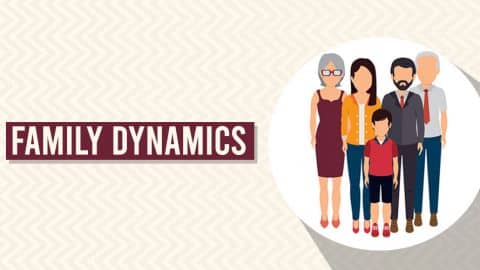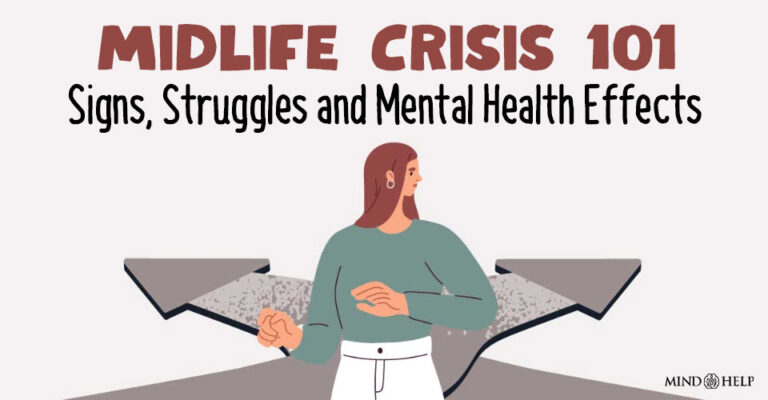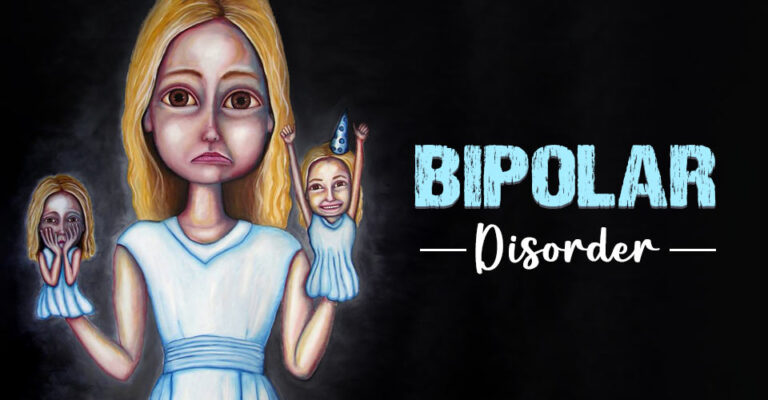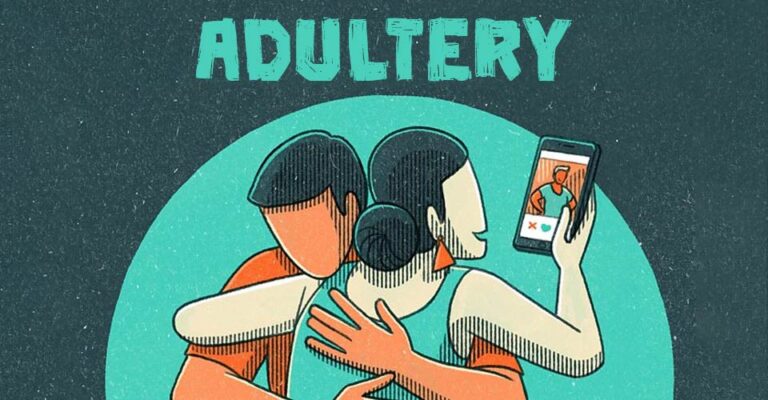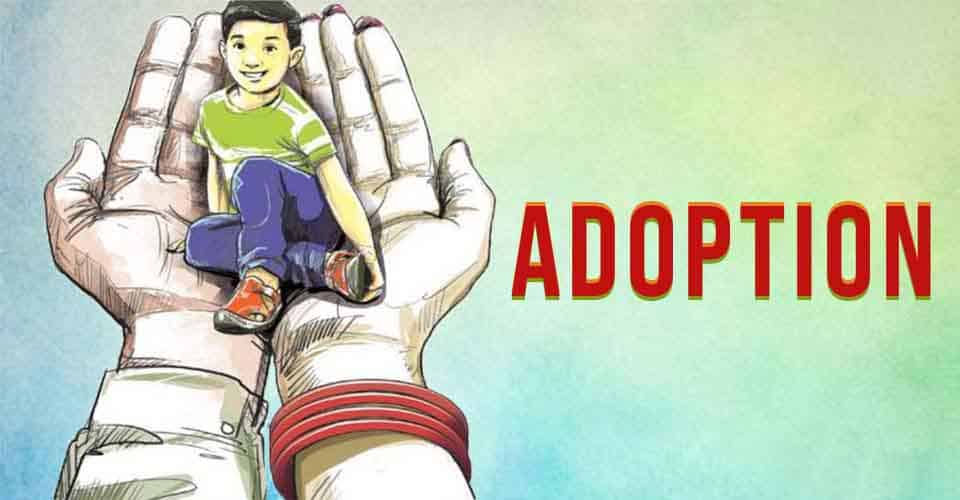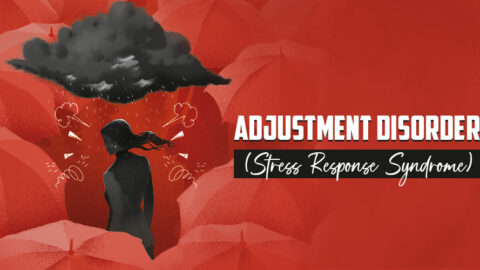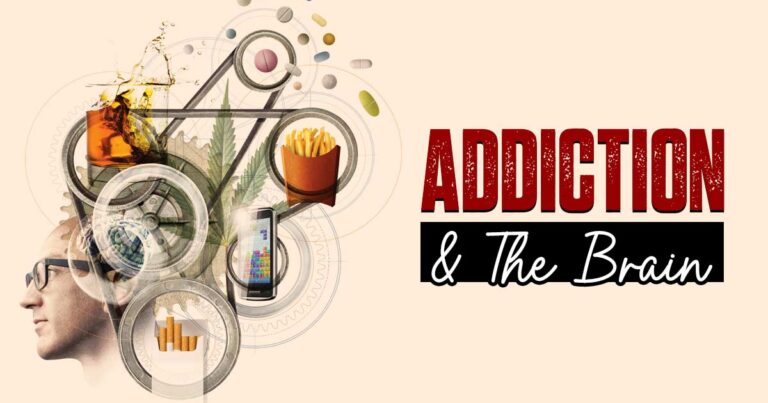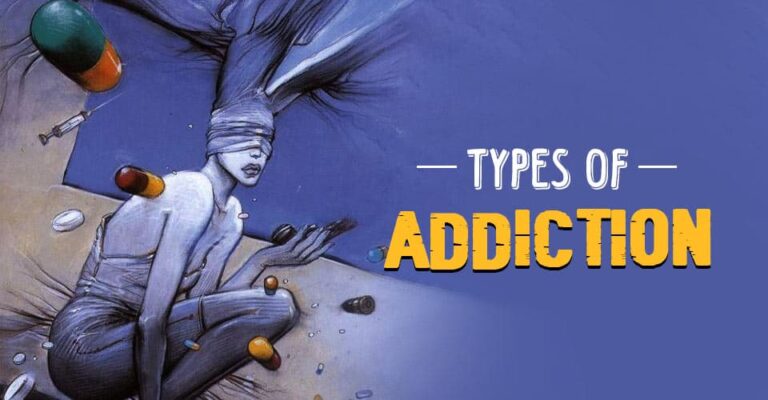Table of Contents
Family Dynamics Meaning Explained
Family dynamics refers to the patterns of interactions, relationships, roles, and communication styles that develop among family members over time. These dynamics shape how a family functions as a unit and how individuals within it relate to each other.
Key aspects of family dynamics include:
- Roles – Each member often takes on specific roles (e.g., caregiver, peacemaker, rebel), whether assigned or assumed unconsciously.
- Communication – The way family members express thoughts and emotions, including openness, honesty, and conflict resolution methods.
- Power and Hierarchy – Who makes decisions and holds authority, often based on age, gender, or cultural norms.
- Boundaries – Emotional and physical limits within the family, which can be healthy (clear and respectful) or unhealthy (rigid or overly enmeshed).
- Cultural and Societal Influences – Traditions, values, and expectations that shape behaviors and beliefs within the family.
- Coping Strategies – How the family handles stress, trauma, or change (e.g., illness, divorce, financial issues).
Family dynamics can strongly influence a person’s mental health, self-esteem, relationship styles, and even future parenting behavior.
Types of family dynamics are characterized by 1 Jabbari, B., & Rouster, A. S. (2020). Family Dynamics. PubMed; StatPearls Publishing. Available from: https://www.ncbi.nlm.nih.gov/books/NBK560487/ the ways in which family members interact, communicate, and fulfill their roles within the family system. These dynamics can be influenced by factors such as family structure, cultural background, parenting styles, and individual personalities, leading to diverse patterns of relationships and interactions.
Studies show that 2 Behere, A. P., Basnet, P., & Campbell, P. (2017). Effects of Family Structure on Mental Health of Children: A Preliminary Study. Indian journal of psychological medicine, 39(4), 457–463. https://doi.org/10.4103/0253-7176.211767 only 11% of children live in intact families with biological parents, while 89% experience some form of family structure disruption. Healthy family dynamics provide a nurturing and secure environment for individual growth, emotional well-being, and overall family functioning.
Conversely, unhealthy practices 3 Behere, A. P., Basnet, P., & Campbell, P. (2017). Effects of Family Structure on Mental Health of Children: A Preliminary Study. Indian journal of psychological medicine, 39(4), 457–463. https://doi.org/10.4103/0253-7176.211767 such as poor communication, lack of boundaries, abuse, neglect, or substance misuse can contribute to emotional distress, low self-esteem, anxiety, depression, and other mental health challenges within the family unit.
Read More About Family Dynamics Here
Family Dynamics Types
Here are the most commonly found different types of family dynamics, each with distinct patterns of interaction, communication, and emotional influence:
Healthy Family Dynamic
A well-functioning family where members communicate openly, respect one another’s boundaries, and offer emotional support. Roles are clear, and conflict is handled constructively. This environment fosters security, independence, and self-esteem.
Authoritarian Family Dynamic
Characterized by strict rules, high expectations, and little emotional warmth. Parents expect obedience without questioning and often use punishment over discussion. Children may develop anxiety, low self-worth, or become rebellious.
Permissive Family Dynamic
Parents are nurturing but place few demands or controls on children. Boundaries are loose, and children are often allowed to make major decisions. This may lead to impulsive behavior and difficulty with self-discipline.
Neglectful (Disengaged) Family Dynamic
Marked by emotional detachment and lack of involvement from caregivers. Parents may meet basic needs but are unavailable emotionally. Children can feel unimportant and may struggle with trust and forming relationships.
Enmeshed Family Dynamic
Boundaries are blurred, and family members are overly involved in each other’s emotional lives. Individual needs may be sacrificed for the group. This dynamic often leads to codependency and difficulty with personal identity.
Conflict-Ridden Family Dynamic
Defined by frequent arguments, tension, or hostility. Emotional or physical abuse may be present. Children in these families often feel unsafe and may develop trauma responses such as hypervigilance or emotional suppression.
Divorced/Separated Family Dynamic
Families adjusting to divorce may experience changes in structure, stability, and emotional support. The impact on children depends on the level of parental conflict, consistency, and emotional availability post-divorce.
Blended Family Dynamic
Formed when two families merge through remarriage. This dynamic involves integrating step-siblings and new parental roles, often leading to challenges in loyalty, discipline, and identity until roles are renegotiated and stabilized.
Parentified (Caretaker) Child Dynamic
Occurs when a child takes on adult responsibilities, often due to illness, addiction, or absence of a parent. These children may feel burdened, miss out on a normal childhood, and later experience anxiety or over-responsibility in relationships.
Here are some more 4 Sharma R. (2013). The Family and Family Structure Classification Redefined for the Current Times. Journal of family medicine and primary care, 2(4), 306–310. https://doi.org/10.4103/2249-4863.123774 example of family dynamics:
Nuclear Family
This is a family consisting of a married couple and their children. The parents share decision-making, responsibilities, and roles within the family.
Extended Family
In extended families, multiple generations live together or maintain close relationships. This includes grandparents, aunts, uncles, and cousins. The family connections are more complex, and there may be specific roles and hierarchies.
Single-Parent Family
In single-parent families, one parent takes on the main caregiving role. The dynamics involve the single parent managing multiple responsibilities, such as parenting, household management, and work.
Childless Family
A childless family is a couple or an individual without children. This can be a choice or due to various circumstances like infertility or personal preferences.
Step Family
A step-family is formed when two individuals with children from previous relationships marry or live together. The family includes children from different biological parents who come together to form a new family unit.
Grandparent Family
In some cases, grandparents take on the primary responsibility of raising their grandchildren. This can happen when the parents are absent or unable to care for the children.
LGBTQ+ Family
An LGBTQ+ family consists of same-sex parents who are raising children. These families can be formed through adoption, assisted reproductive technologies, or previous relationships.
Read More About Family Here
Factors Influence Family Dynamics Types
There are various factors that can 5 Jogdand, S. S., & Naik, J. (2014). Study of family factors in association with behavior problems amongst children of 6-18 years age group. International journal of applied & basic medical research, 4(2), 86–89. https://doi.org/10.4103/2229-516X.136783 influence how families interact and function. Some of these factors include:
- Cultural beliefs and practices which shape family values and traditions can impact family dynamics.
- Each family member’s age and stage of life can influence their needs and interactions within the family unit.
- Economic factors, such as income level, financial stability, and access to resources, can influence family dynamics and decision-making.
- The physical distance between family members can affect communication and the ability to address issues effectively.
- Traditional expectations of gender roles within a family can influence the division of labor, responsibilities, and power dynamics within the family.
- The unique personalities, traits, and temperaments of family members can contribute to the dynamics within the family.
- The number of family members and their individual needs and desires can contribute to the overall dynamics and require cooperation and understanding.
- Individuals’ communication patterns, thought exchanges and ways of expressing themselves within the family can create conflict, impacting family dynamics.
Impact of Different Family Dynamics on Mental Health
Different types of family dynamics can have both positive and negative impacts on mental health. Here are some examples:
1. Positive Impact
The positive impact 6 Avasthi A. (2010). Preserve and strengthen family to promote mental health. Indian journal of psychiatry, 52(2), 113–126. https://doi.org/10.4103/0019-5545.64582 of family dynamics on mental health are:
- Healthy family dynamics provide emotional support, and understanding, and reduce stress.
- A positive family dynamic creates a sense of belonging, acceptance, and positive self-esteem.
- Good communication within the family improves problem-solving skills and emotional expression.
- Family dynamics support personal growth, autonomy, and pursuing individual goals.
- Supportive family dynamics boost self-confidence and motivation.
2. Negative Impact
Family dynamics can have significant 7 Bademli, K., & Duman, Z. Ç. (2014). Effects of a family-to-family support program on the mental health and coping strategies of caregivers of adults with mental illness: a randomized controlled study. Archives of psychiatric nursing, 28(6), 392–398. https://doi.org/10.1016/j.apnu.2014.08.011 effects on mental health, such as:
- Unhealthy family dynamics with conflicts, criticism, or emotional abuse can increase anxiety, irritability, and difficulty concentrating.
- Dysfunctional family dynamics involving neglect, substance abuse, or domestic violence raise the risk of depression, sadness, and hopelessness.
- Overinvolvement and a lack of scope for autonomy from family members can sometimes hinder the development of effective coping skills to handle stressful situations.
- Limited social connections in nuclear families can lead to feelings of isolation and selfishness.
- Children from single-parent families may face emotional and behavioral challenges, such as aggression or engaging in risky behaviors.
Frequently Asked Questions (FAQs)
1. What is considered a normal family dynamic?
A normal family dynamic is characterized by a loving and supportive environment where members communicate openly, respect each other’s boundaries, and work together to address challenges.
2. What is the most common family dynamic?
The most common family dynamic is the nuclear family, consisting of a married or cohabiting couple and their biological or adopted children living together.
3. How can family dynamics benefit relationships outside the family?
Positive family dynamics can contribute to the development of healthy relationship skills, empathy, and effective communication, which can benefit relationships outside the family by promoting understanding, cooperation, and positive interactions with others.
4. Can family dynamics change over time?
Family dynamics can change over time as family members grow, develop, and experience life events, leading to shifts in roles, relationships, and communication patterns within the family unit.

